What Are NFTs? Non-fungible Tokens Explained
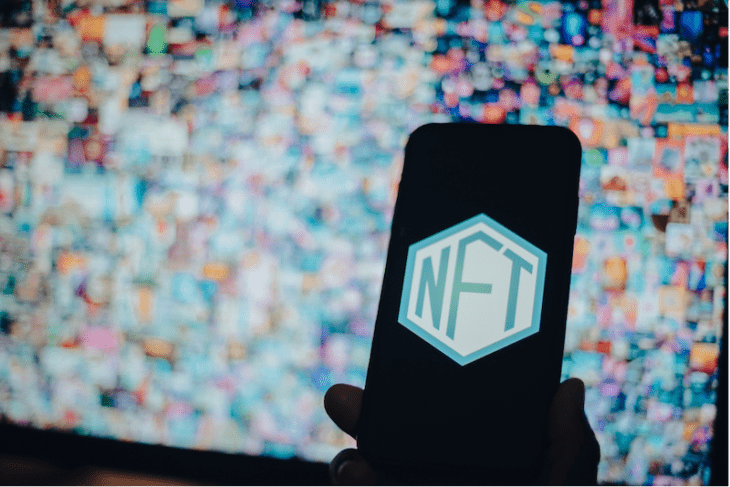
It’s hard not to be surprised or even confused when you hear about digital artist like Grimes getting millions for NFTs, or Nyan Cat (iconic GIF that became a viral internet sensation) being sold as NFTs.
To top it off, the founder of Twitter sold an autographed tweet as NFT for over $2.9 million.
It can be difficult to grasp NFTs at first look. So, what exactly are they and how do they work?
Figuring that out could take literally hours of reading and research, but we’ll try and make it simple for you.
Let's begin with the basics:
Defining NFT
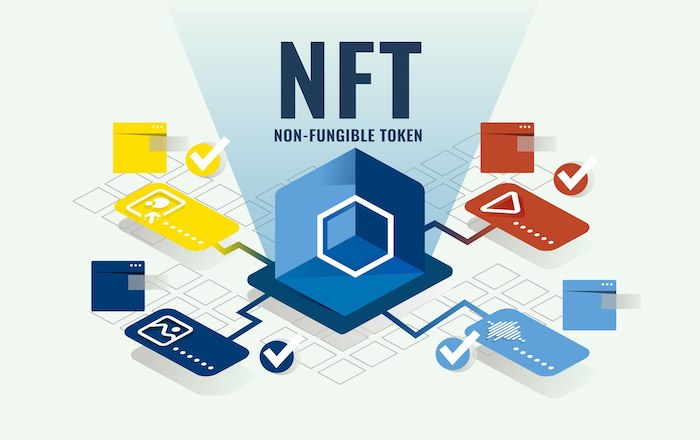
NFT stands for Non-Fungible Tokens. This does not clarify much at all, so let's dig in a bit further.
Essentially, “non-fungible” refers to something that cannot be replaced by another. A bitcoin, for example, is fungible - you can exchange 1 bitcoin for another bitcoin and get the same thing.
NFTs are digital assets that represent real-world items, such as art, music, in-game items, and videos. Online, they are usually bought and sold with digital currencies, and their underlying software is similar to many cryptos.
Since their introduction in 2014, NFTs have gained prominence as a method of buying and selling digital artwork. According to some reports, since November 2017, more than $174 million has been spent on NFTs. Also, at a very high level, most NFTs are part of the Ethereum blockchain.
NFTs are usually one of a kind or limited-edition assets, and they have unique identifying codes. This is in contrast to most digital products, which are almost always available in unlimited quantities.
It is a natural phenomenon that if there is a demand for an asset, cutting off its supply should increase its value. However, most NFTs still are in their infancy and are digital compilations of existing works elsewhere, such as video clips from football and securitized versions of digital art already floating around on Instagram.
One of the uniqueness of NFT is that it entitles the purchaser to both ownership records and access to the items. Its authenticity is hard to be questioned, since NFTs are stored on a blockchain.
So, NFTs give creators the ability to own the rights to their digital works. For example, any picture or a piece of music can be easily copied. The NFT ensures that the owner has the rights to the original content or a product, so they can hold on to gain a much higher value.
Artists and creators get ability to sell their work under conditions which give them the opportunity to profit from future value increases or resale of their work.
How NFTs Differ from Cryptocurrencies
NFTs are built using a similar pattern to cryptocurrency like Bitcoin or Ethereum, but the similarities end there.
Cryptocurrencies and physical money are both fungible, meaning we can trade them between each other like one dollar equals another dollar, and one Bitcoin equals another Bitcoin. Its fungibility makes cryptocurrency a trustworthy mode of conducting blockchain transactions.
NFTs, on the other hand, are a completely different ball game. Due to their digital signatures, NFTs cannot be exchanged for or compared to one another (thus, non-fungible).
How NFTs Work
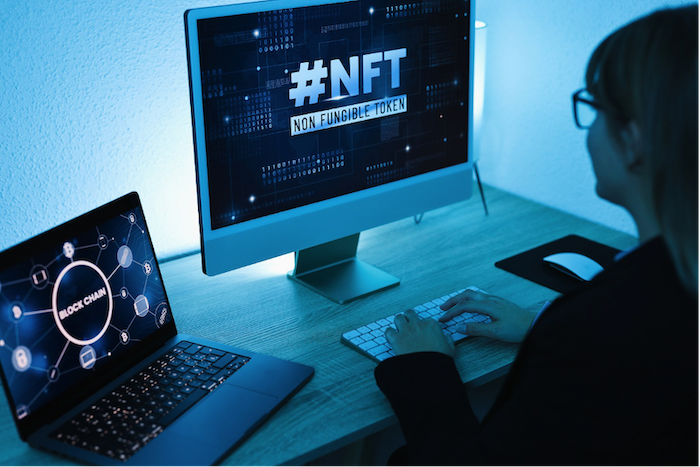
Transactions on NFTs are recorded on a blockchain, which is a distributed public ledger. The blockchain is usually associated with cryptocurrencies as it’s the technology behind them.
Specifically, NFTs are usually held on the Ethereum blockchain, although there are other blockchains that can also be used for them.
In addition to tangible items, NFTs can be made using intangibles, such as GIFs, videos, virtual avatars, video game skins, music, and tweets. As noted earlier, Jack Dorsey sold his first tweet as NFT for more than $2.9 million.
In essence, NFTs are just like physical collectibles, only they are digital. In other words, instead of buying a physical product, the buyer gets a digital file.
Also, with exclusive ownership rights, NFTs can only have one owner at a time. It is easy to transfer tokens between owners because of NFTs' unique data.
NFTs can also store information specific to their owners or creators. NFT's metadata allows artists to include their signature with their artwork.
Value and Benefits of NFTs
Blockchain technology and NFTs afford artists and content creators a unique opportunity to monetize their creations.
Today, artists don't have to sell their work through galleries or auction houses alone. Artists can also sell their work directly to the consumer as an NFT, allowing them to keep more of the profits. Then, artists can include royalties for their work, so they receive a percentage of the sale price for further sales of their work.
Creatives did not normally receive further proceeds once their artwork was sold, so the ability to include royalty programs in their artwork by selling it as an NFT is quite appealing. Royalties are payments made for the right to use someone else's property. Licensing agreements outline the details of royalty payments.
Making money with NFTs isn't limited to the arts. Many brands like Charmin and Taco Bell have auctioned NFT art to raise funds for charities.
A number of celebrities are also jumping on the NFT bandwagon and issuing their own memories, artwork, and moments as securitized NFTs.
How to Invest in NFTs
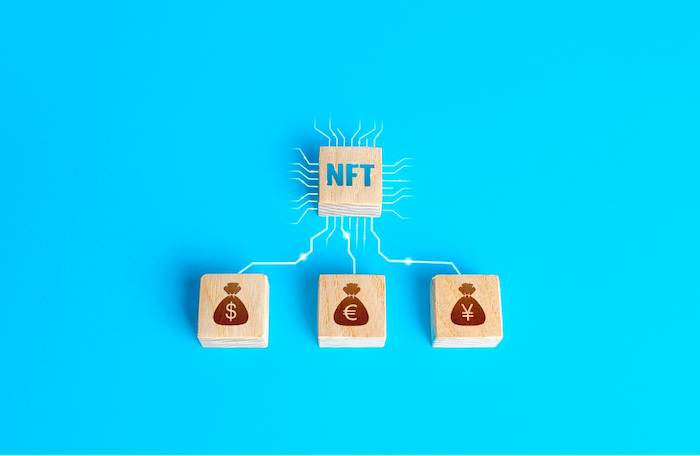
Investors and collectors must do their homework before buying NFTs. The first step is to find NFTs that are poised to grow in value over time and that you’d be interested in collecting.
Research and browse through the various marketplaces where NFTs hold sales and auctions. There, you can find out and learn about the best places to buy NFTs.
If you are keen to know how others feel about existing and new NFTs, chats apps like Discord and Telegram can also provide important information and relevant updates.
NFTs can only be purchased with a cryptocurrency account. This means that you must first acquire cryptocurrency through a brokerage company, such as Robinhood. Finally, link your cryptocurrency wallet, which stores your crypto, with the market where you plan to buy NFT.
Is Buying NFTs a Good Idea?
There is no history to measure and predict the performance of NFTs; their future is unpredictable. So, should you buy NFTs just because they are available? That depends.
As NFTs are so new, you might want to invest a small amount of money to experiment with them for now. Investing in NFTs is largely a personal decision. Essentially, if a piece holds meaning for you, it may be worth considering if you have the extra cash to buy it.
It is important to keep in mind, however, that the value of an NFT is entirely based on what somebody else is willing to pay for it. Consequently, the price is determined by demand rather than factors like fundamentals, technical indicators, or economic indicators.
This means you might end up paying less for your NFT if you resell it, or it may not sell at all if no one wants it. You may also be lucky to resell your NFT for far more than you imagined.



![9 Tips for Managing Your Online Writing Projects Efficiently [node:titile]](/sites/default/files/styles/thumbnail_rectangle/public/open-book-laptop-online-writing-tips.jpeg?itok=iq4PIT7b)









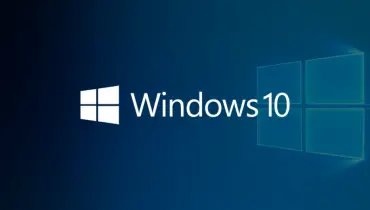
![9 Tips for Managing Your Online Writing Projects Efficiently [node:titile]](/sites/default/files/styles/video_thumbnail_bottom/public/open-book-laptop-online-writing-tips.jpeg?itok=rI4zR3a-)







